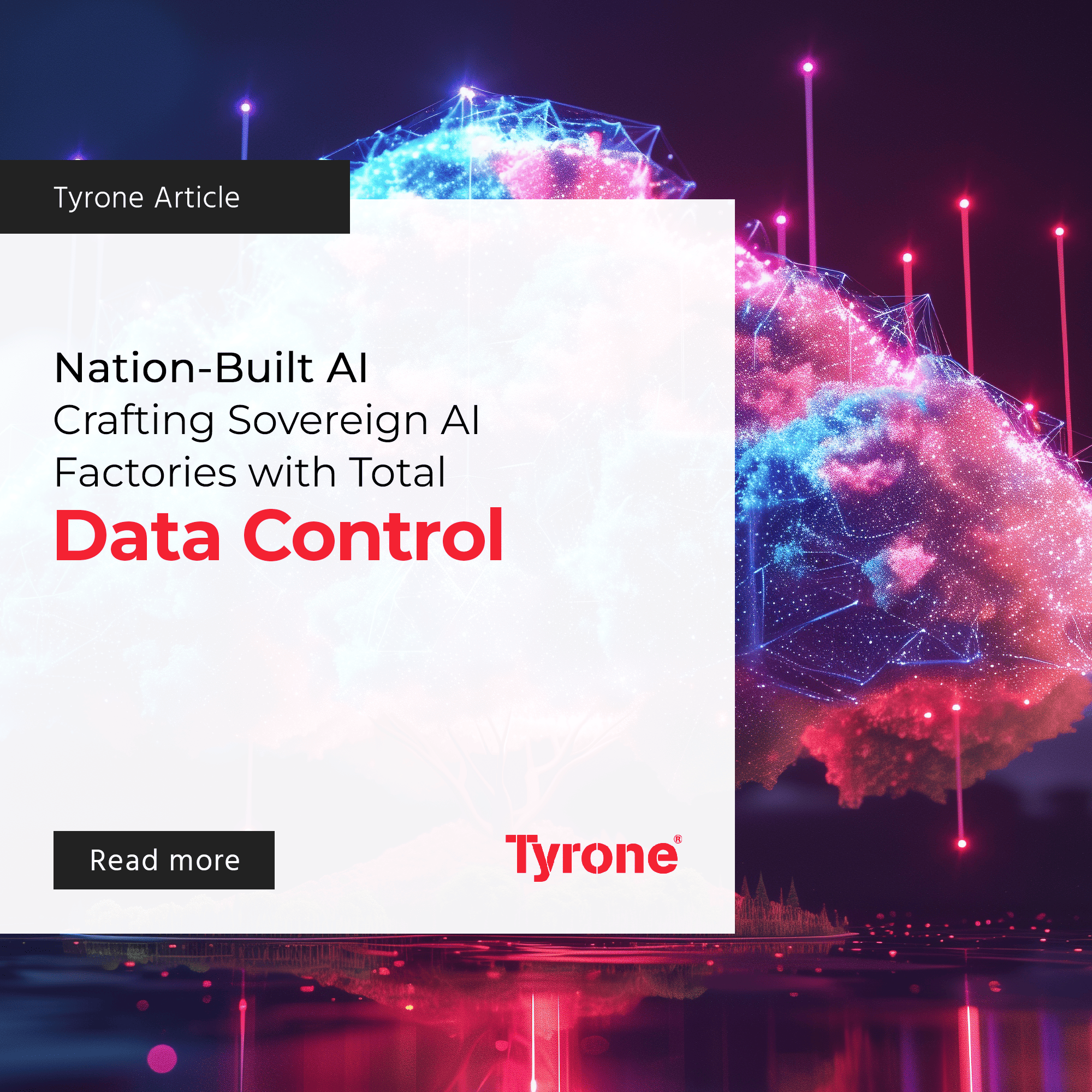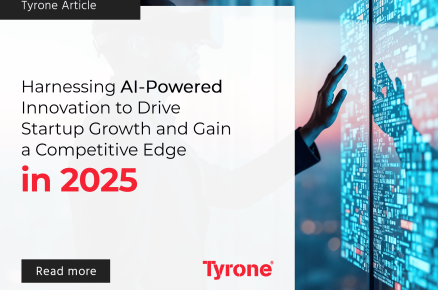In an era where artificial intelligence is reshaping global influence, sovereignty in AI development has become a matter of national priority. From geopolitical resilience to economic competitiveness, stakeholders across governments, industries, and academia are aligning around a shared goal: building sovereign AI factories that guarantee complete control over data, models, and infrastructure.
Beyond Hype: The Architecture of a Sovereign AI Factory
A sovereign AI factory is more than just a data center with GPUs. It’s a vertically integrated ecosystem comprising four essential layers:
- National Compute Infrastructure: Hyperscale data centers powered by domestic or allied semiconductor supply chains.
- Sovereign Data Pipelines: Secure data lakes governed by local compliance, language, and ethical standards.
- Culturally Aligned Foundation Models: Trained on domestic datasets that reflect national norms and requirements.
- Public-Private Partnerships: Collaborative innovation between government, academia, and industry to ensure scalability and adoption.
These AI factories are not built in isolation—they’re constructed with a globally networked outlook, but with the autonomy to retain total operational and legal control.

Why Stakeholders Are Prioritizing Sovereign AI
1. Data Privacy and Legal Compliance
With sensitive data sets spanning national security, healthcare, and citizen services, stakeholders cannot afford foreign exposure or third-party breaches. Sovereign AI enables local jurisdictions to implement custom governance frameworks while insulating data from foreign surveillance regimes or extraterritorial laws like the U.S. CLOUD Act.
The demand for such trust is palpable—57% of global consumers believe AI poses a significant threat to their privacy (Source: Termly.io). In this environment, compliance with domestic data laws isn’t just a regulatory checkbox—it’s a trust differentiator.
2. National Security and Strategic Autonomy
Modern AI systems can shape public sentiment, automate defense systems, and manage critical infrastructure. As such, they are now seen as strategic assets, much like energy or weapon systems. Dependence on foreign cloud providers or proprietary models introduces vulnerabilities.
Recent developments such as OpenAI executives describing AI as a “vital national security asset” further underline the shift in how national AI capabilities are being framed.
3. Economic Competitiveness and Local Innovation
Sovereign AI factories drive home-grown innovation by enabling local startups and researchers to access high-performance compute and trusted datasets. Countries that control their AI value chain will define the rules of global AI trade, while those who don’t will be mere adopters.
The European Union has recognized this by investing over €20 billion in building AI factories through its EuroHPC JU initiative, aimed at reducing reliance on external compute while nurturing sovereign innovation ecosystems (Source: EuroHPC).
What Goes Into Building a Nation-Built AI Factory
Compute at Scale
Nations are fast-tracking investments in domestic GPU clusters and high-performance computing systems. For instance, the EU’s JUPITER and ALICE Recoque supercomputers, and India’s sovereign compute initiatives under the IndiaAI mission, are designed to handle training of large-scale, multilingual models.
Australia’s Project Southgate—a renewable-powered data center—showcases the added focus on sustainability alongside scale.
Trusted Data Architecture
Implementing sovereign data lakes and federated learning systems enables AI development without compromising on privacy. Initiatives like Germany’s International Data Spaces Association (IDSA) and Saudi Arabia’s national open data platforms offer replicable blueprints for nations seeking compliant, privacy-preserving AI data strategies.
Local Foundation Models
Nations like India, Singapore, and Canada are building their own foundational models trained on regional languages and culturally nuanced data. These models avoid the ethical mismatches of globally trained LLMs and align better with domestic values, governance frameworks, and applications.
Policy, Ethics, and Talent Development
Policy cannot be an afterthought. AI factories must embed ethical guardrails, fairness audits, and explainability mandates into their operations. Simultaneously, they must upskill public and private sector talent—India’s iGOT-AI and Singapore’s National AI Strategy 2.0 exemplify such human capital programs.
Challenges and Trade-Offs
While the benefits are clear, stakeholders must navigate key trade-offs:
- Capital Intensity: Building sovereign compute and model training infrastructure can be prohibitively expensive without shared public-private risk models.
- Energy Demands: Hyperscale AI centers demand massive power, making renewable integration essential.
- Talent Gaps: Sovereign success hinges on domestic AI talent, which many nations currently lack in depth and scale.
- Regulatory Fragmentation: Without standardization, sovereign systems risk isolation. Mutual recognition of ethical and interoperability standards is crucial.
The Metrics That Matter
Stakeholders evaluating these AI factories should track two key metrics:
- Adoption and Trust: Public trust in AI is declining. A sovereign model with transparent governance can reverse this trend.
- Infrastructure Scale: Nations like the EU aim for AI factories with 100,000+ GPUs. India’s first wave is already operational at ~10,000 GPUs.

Conclusion: A New Frontier for Stakeholder Leadership
Sovereign AI factories are no longer a futuristic idea—they are the next evolution in national digital infrastructure. For stakeholders in government, finance, and industry, they represent a path to strategic independence, economic acceleration, and secure AI innovation.
The mission now is clear: invest, integrate, and scale AI infrastructure that serves national interest—while upholding ethical, legal, and cultural standards unique to each country.
Control the data, and you control the future. Sovereign AI is how nations plan to do just that.












